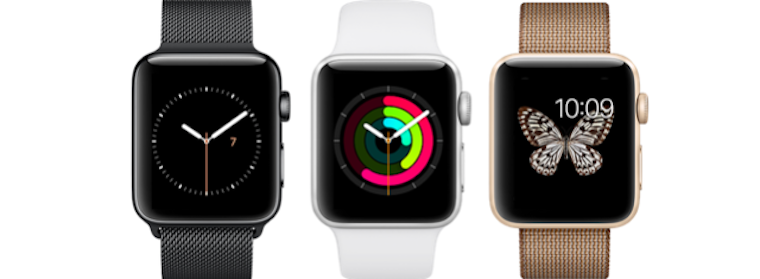A social media manager tasked with posting ten stories in a day with a budget to promote four of those stories can schedule the sequence of social media posts in over seven trillion ways. Which of those seven trillion options should they choose to post?

Recently, three graduate business school academics (Vamsi K. Kanuri of Notre Dame, and Shrihari Sridhar and Yixing Chen of Texas A&M) tackled a vexing problem for those who market their companies with social media posts (and tweets, we guess): “What are the best times to post?” (Really, we don’t make up these research projects. We even read it in the Harvard Business Review.)
It’s an important issue, according to the professors, as U.S. companies are expected to spend more than $37 billion dollars annually on social media by 2020 — representing 24 percent of the economy’s total digital advertising spend. And a lot of these dollars will be spent by small businesses.
- Posting content following the biological responses of their audience’s sleep-wake cycles
- Targeting content types to when the audience is most naturally receptive to it

Working Memory
According to their research, the professors’ posting recommendations are tied into what is called, “Human Working Memory.” This type of memory is highest when we wake up in the morning, lowest in mid-afternoon, and moderate in the evening. “Higher availability of working memory makes individuals alert and feel the need to seek information. This means that consumers’ desire to engage with content will likely be highest in the morning, lowest in the afternoon, and moderate in the evening,” they write.
Here are some of the recommendations they culled from their interviews:
- All else equal, posting content in the morning results in higher engagement.
- Boosting posts (paying to promote posts) is most effective when the target audience is experiencing low working memory.
- Assuming the majority of the audience start their day in the morning, it is ideal to post content conveying high-arousal emotion (i.e., angry or worried) in the morning and “deep think” content in the afternoon.
- A firm does not need an additional boosting budget to increase gross profits. Simply rearranging the posts to match content preferences of the target audience can do the trick.
- Increasing boosting budget does not necessarily increase gross profits. There is a tipping point where additional spending results in only marginal increases in gross profits.
Harvard Business Review | A Study Shows the Best Times of Day to Post to Social Media”
GettyImages
From Google, a collection of search engine guidelines, best practices and a wide variety of the basics.
Small Business, Big Holidays: 2021-2022
Look for us back here on January 3, 2022.
Holiday Shopping Can Beat Forecast (Despite Inflation and Covid-19) | 2021
With holiday shopping sales starting earlier, Thanksgiving weekend (including Small Business Saturday) now helps start the holiday season rather than the Friday kickoff it once was.
Your Small Business Advertising and Marketing Costs May Be Tax Deductible | 2021
An ordinary expense is one that is common and accepted in the industry.
Retail Federation Predicts Highest Holiday Sales on Record | 2021
Holiday spending has the potential to shatter previous records.
